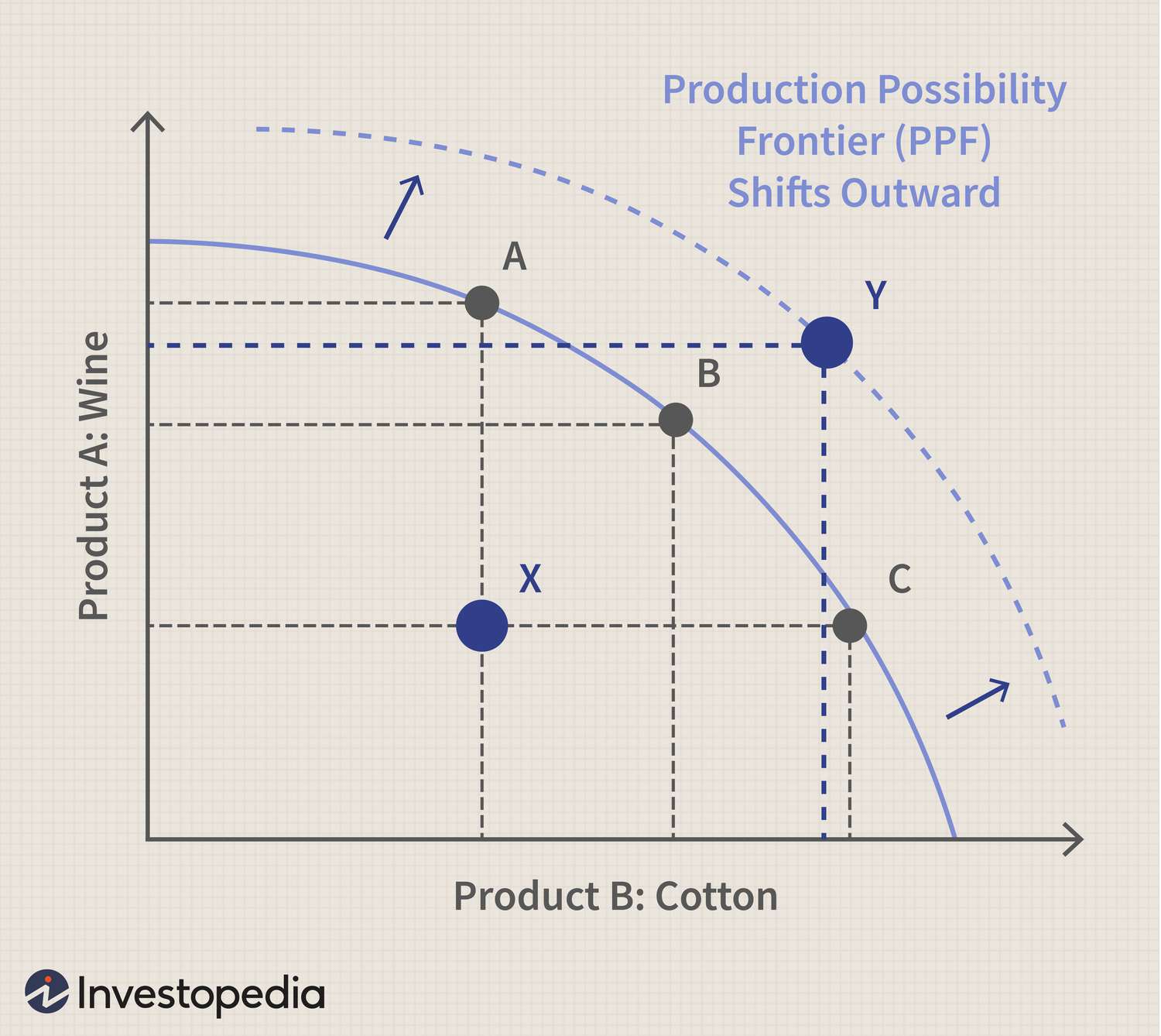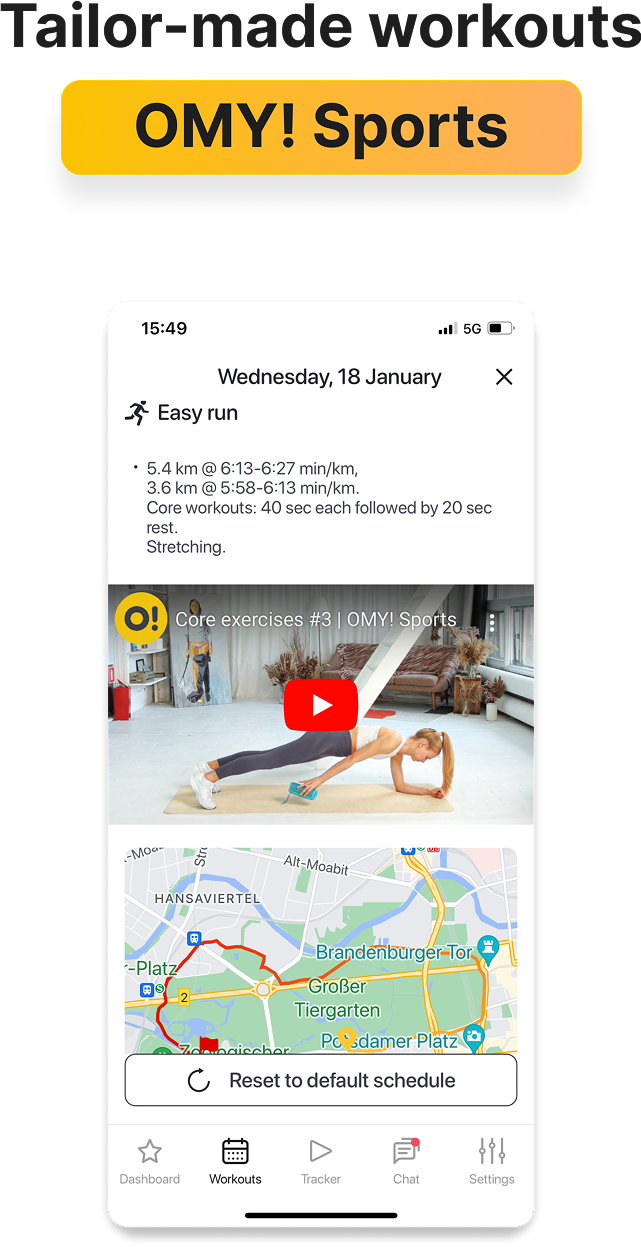Regular physical activity and engagement in sports have a positive impact on functional health, well-being, emotional balance, and even work productivity. Maintaining health through sports is better than spending time and money on treating diseases caused by its absence. At the same time, achieving individual goals is important for many of us, while ensuring accessibility and mass participation is crucial for society as a whole. If these aspects can be combined, the interests of individuals and society align. Mass participation means hundreds of thousands, sometimes even millions, of participants. But how can we encourage so many ordinary people with different needs to take up sports and achieve tangible personal results?
At OMY! Sports, we chose running as the most accessible and widely practiced form of physical activity and amateur sports. We have worked to develop a solution capable of engaging an average person in running while ensuring its mass appeal and affordability.
The Coach as a Subject of Technological Experimentation
Many people start and stay in sports thanks to a coach. Half of our team consists of coaches, and we deeply appreciate the gratitude expressed by our trainees for their personal achievements in health, sports, and life. However, there are not enough coaches, their services are expensive, and this significantly limits the involvement of regular people in running. As a result, the number of runners receiving coaching support is only in the tens of thousands, while the potential running audience in Russia consists of millions.
Is it possible to make coaching accessible on a much larger scale while maintaining quality and lowering costs? Yes, it is — with the help of artificial intelligence (AI).
By transforming the routine tasks of coaching into computer code using AI algorithms, we at OMY! Sports have achieved a multi-fold (several orders of magnitude) increase in the accessibility of coaching for amateur runners.
Where Does the Shortage of Coaches Come From?
The professional sports education system produces many fitness trainers but very few running coaches. The common belief is that running coaches are only necessary for professional athletes competing in national championships or the Olympics. Amateur runners, it is assumed, do not demand individual training and would not pay for coaching services. However, the situation has changed dramatically over the past decade. With Russian elite runners excluded from international competitions and the decline of professional athletics, amateur running and its heroes have taken center stage in promoting a healthy lifestyle on a national scale.
Mass Running Grows Through Marathons
In Russia (and globally), amateur running is thriving, with increasing numbers of mass participation races ranging from 5 km to marathons and ultramarathons. Hundreds of thousands of people take part in the most challenging of these events each year, while millions more aspire to do so. The Moscow Marathon’s participation has grown tenfold in the last 10 years — from 3,000 to 30,000 runners. Together with the White Nights Marathon in St. Petersburg and the Kazan Marathon, it has helped establish the BRICS Marathon League. On a national scale, the Zabeg.RF event covers over 160 cities and engages more than 300,000 amateur runners. The total number of amateur runners in Russia is estimated at 3 million, and this number is still growing. Yet, there is a severe shortage of coaches.
The Theory of the Production Possibility Frontier
Economists use the concept of the “Production Possibility Frontier” (PPF) to understand the practical benefits of applying AI to the issue of coach shortages for amateur runners.
This curve illustrates the maximum possible output of two alternative goods (or services) that an “economy” can produce under stable conditions — without technological advancements.

Historically, technological breakthroughs have pushed this curve upward and outward, expanding production capabilities in every industry.
The first industrial revolution (18th–19th centuries) mechanized agricultural labor, increasing productivity by 10–20 times. The second (1870–1914) introduced Ford’s assembly line and gave rise to new industries such as automotive, electric power, and petrochemicals. The third (1960s–1970s) saw automation, industrial robots, and the birth of computers. Today, we are in the fourth technological revolution, driven by the power of big data.
The Limitations of a Human Coach
If we think of a “coaching economy,” a human coach can handle only 10–20 runners. This requires 20–40 hours per week for training plans, another 3–6 hours for communication, and 1–2 additional hours for organizational tasks — totaling 24–48 hours per week. To support 1 million runners, we would need between 50,000 and 100,000 coaches. But where would they come from?
A Personal Running Coach for Everyone
AI is silently introducing a “mini-revolution in the running world.” With AI, a personal running coach becomes accessible to everyone, on an unlimited scale. It provides personalized training plans, ensures a high level of engagement, promotes training adherence through structured programs, and helps runners achieve their personal goals. This means a personal running coach for everyone.

A Coach Combining AI and Human Expertise
The AI coach processes data from sports watches, analyzes and interprets it using algorithms, and turns it into customized training plans. The process of data analysis and training adjustment happens continuously, incorporating new activities and data points. The AI coach interacts with runners individually, shares expertise, and offers guidance on recovery, injury prevention, nutrition, and more. Routine tasks — data analysis, interpretation, workout planning, and adjustments — are handled by AI, while communication and expert insights are distributed between AI and human coaches.

The OMY! Sports AI Coach Today
The OMY! Sports AI coach has been available since early 2023 as a mobile application, serving over 13,000 amateur runners in 10 countries. 85% of our users are in Russia. We have developed proprietary algorithms for sports data analysis and training program adaptation, considering each runner’s individual needs, goals, and abilities. Our training methodology is based on classical endurance sports training principles (running, cycling, triathlon) and was developed by a graduate of the Lesgaft National State University of Physical Education, Sport, and Health. Our service partners with the Moscow Marathon and other major mass running events in Russia.

Oleg Mazurov, OMY! Sports
